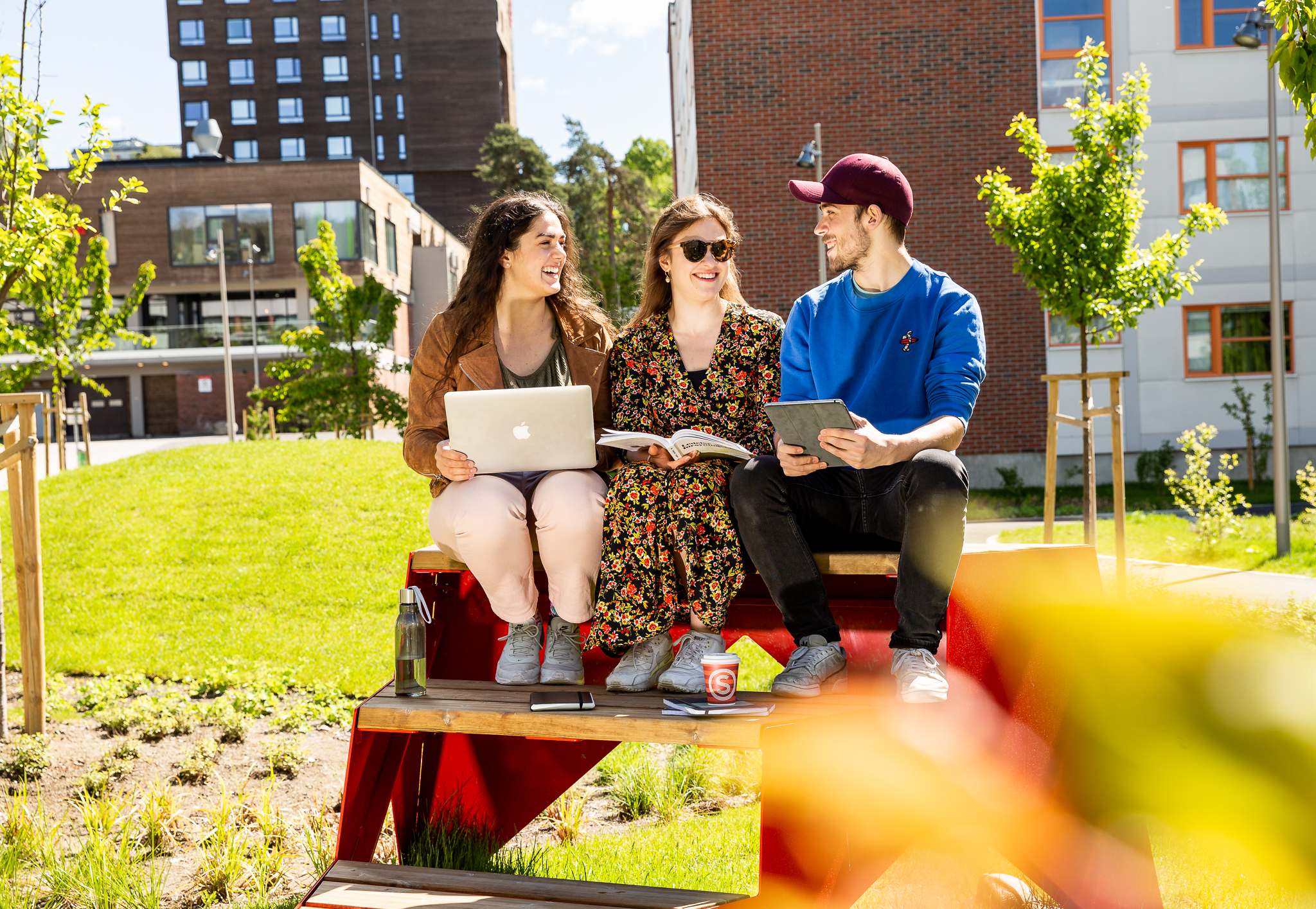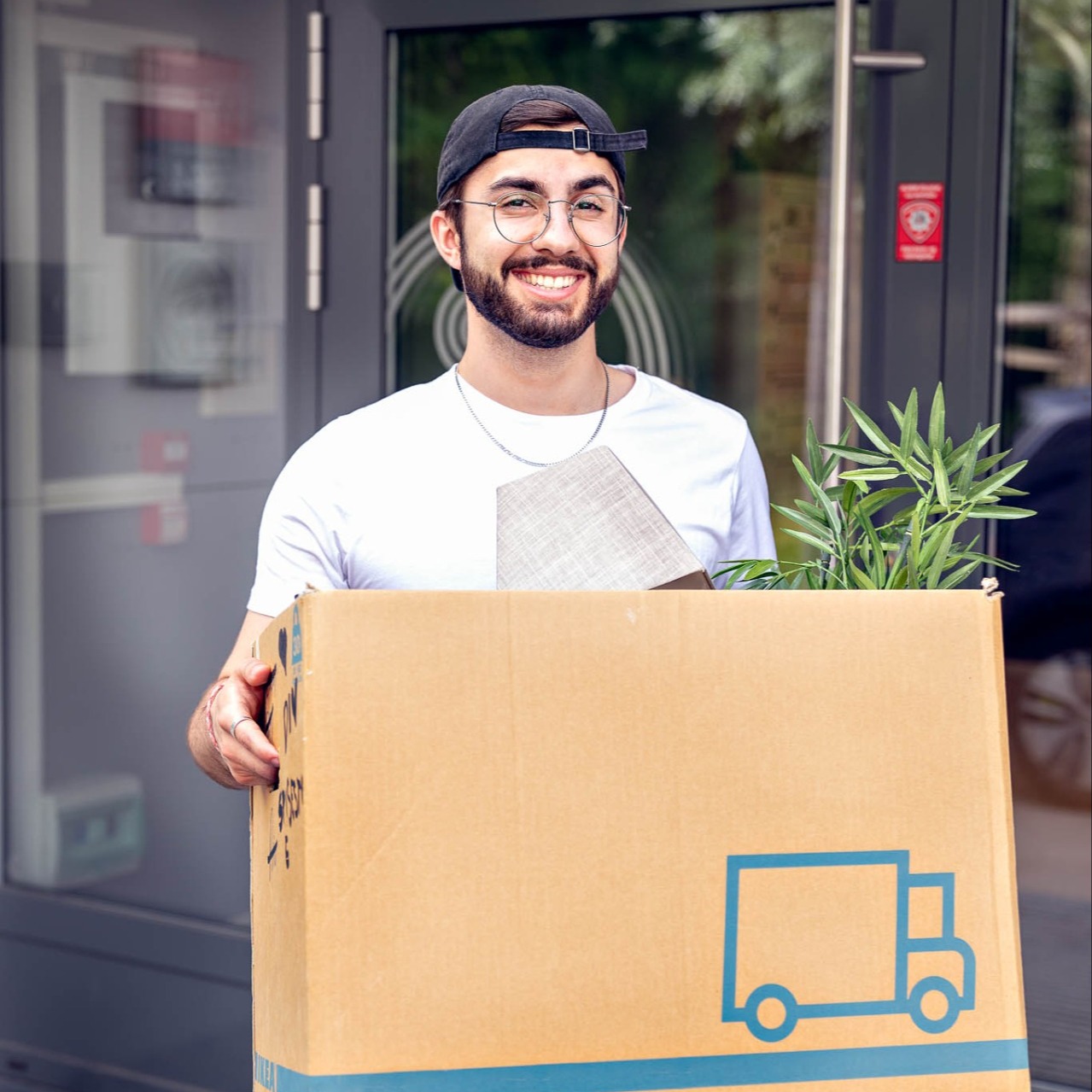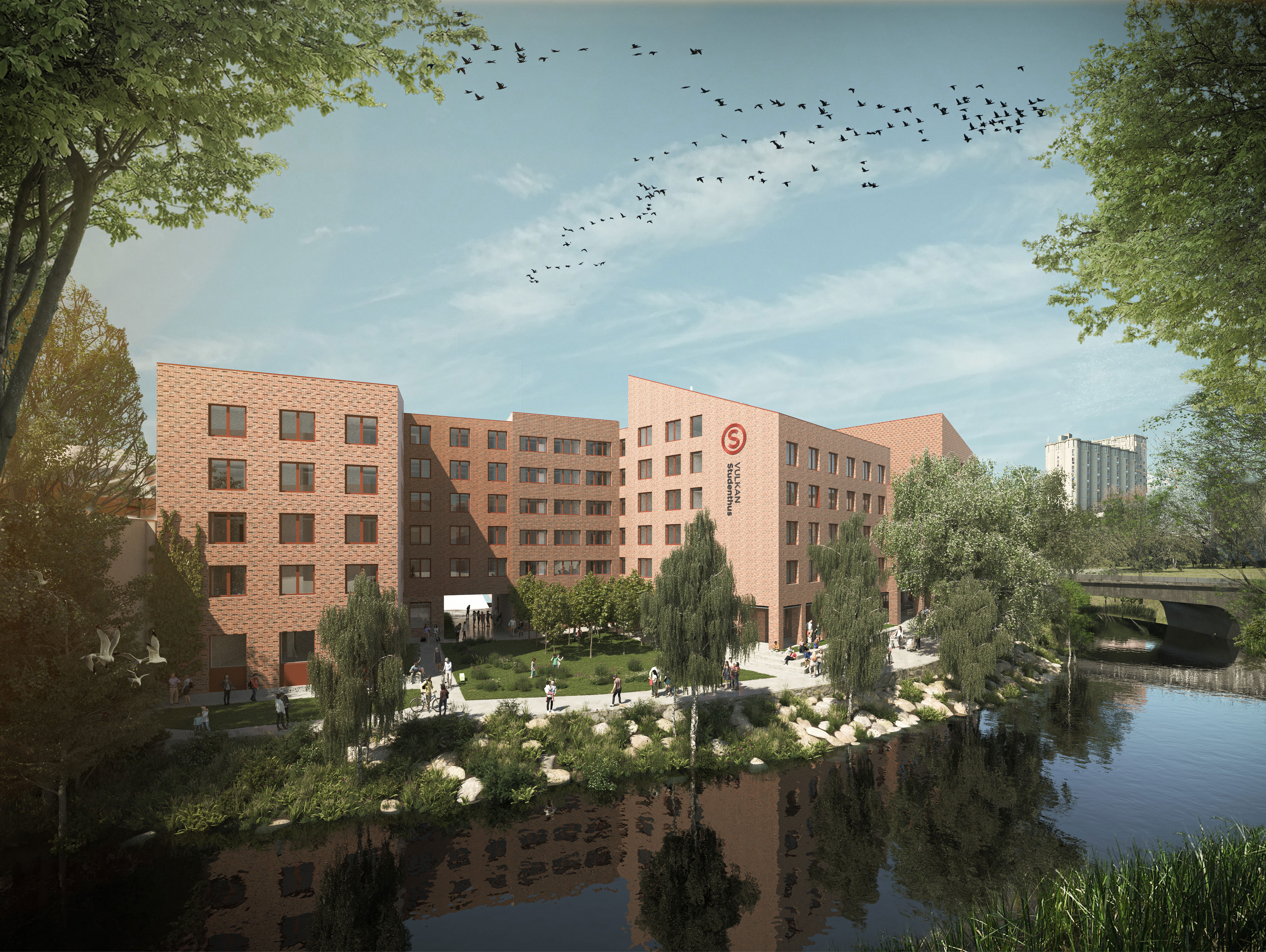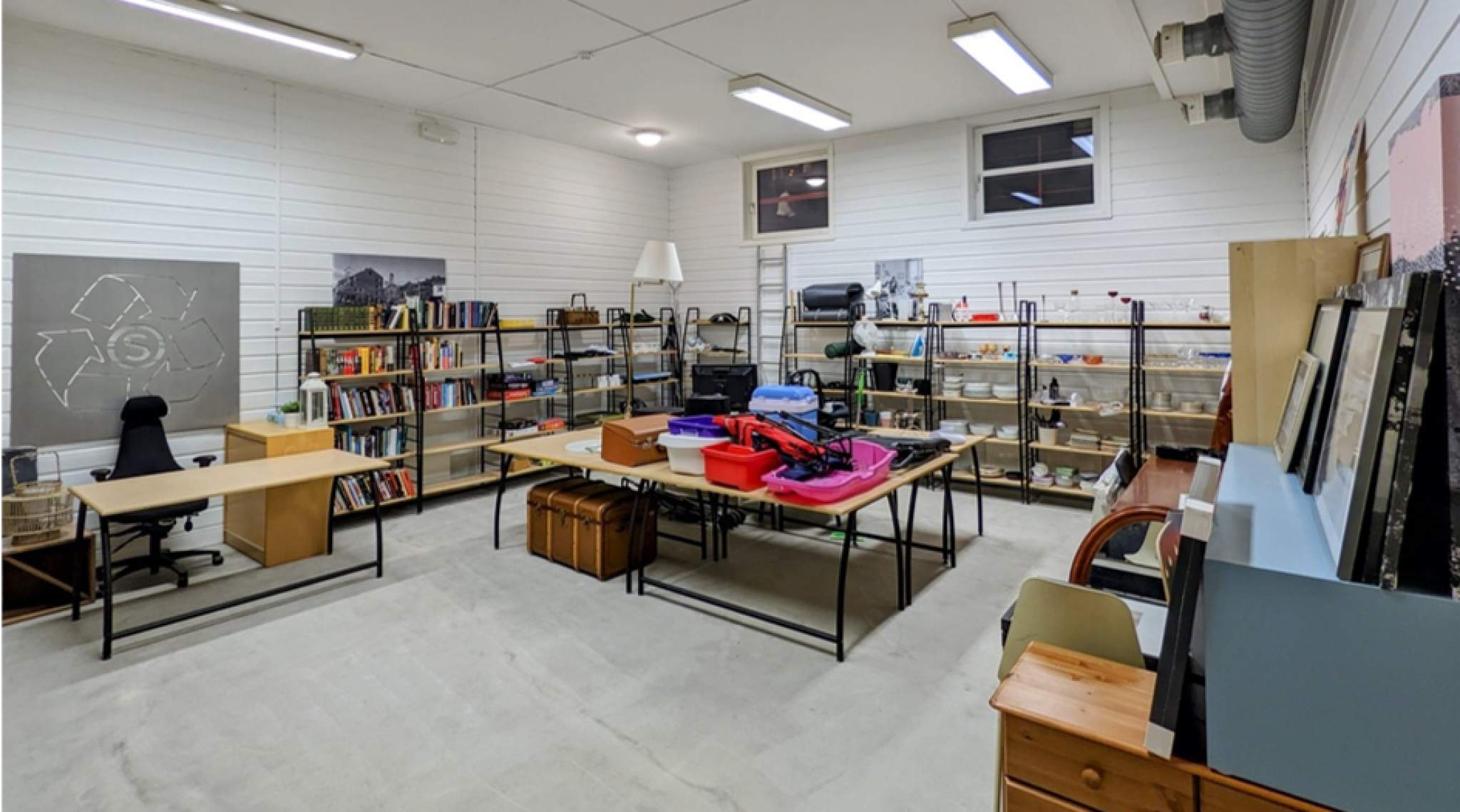Student housing in Oslo
Do you want to live alone or in a shared apartment? Or are you thinking of moving in with your partner? Perhaps you have children and need an extra bedroom? SiO has student housing for you!

You can find our student accommodations here
Do you enjoy cafes and city life right at your doorstep? Or do you prefer nature and peaceful surroundings? Discover the perfect location for you!
Check the areas
Newly moved into student housing?
How do I connect to the internet? When do I need to pay my first rent? Here you can find answers to some of the most common questions newcomers to student housing often have.
Get practical info
Curious about Vulkan Student House?
In October 2024, we're planning to open over 200 new student accommodations, in the heart of Grünerløkka!
Check out the student house!See all our student housing in Oslo and Lillestrøm
With us, you can apply for student housing every day, all year round. We send out offers for available housing continuously.
Find student housing
Thrift store at Kringsjå
Welcome to SiO's thrift store at Kringsjå Student Village! As a student, you can both drop off and pick up used items here. Completely free!
Visit BrukthjørnetDo you have any other questions?
Here you will find answers to common questions you may have about student housing with us.
See questions and answers